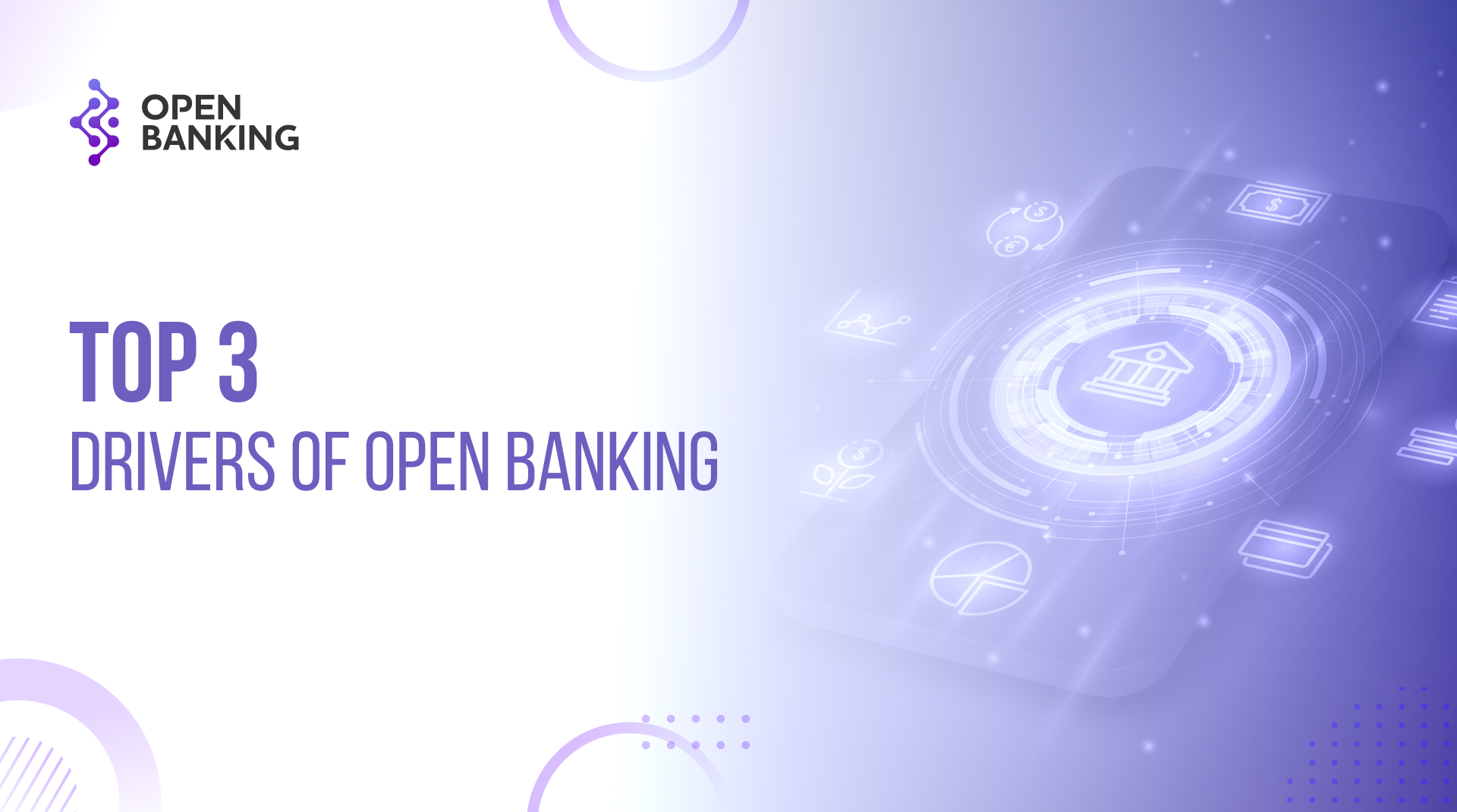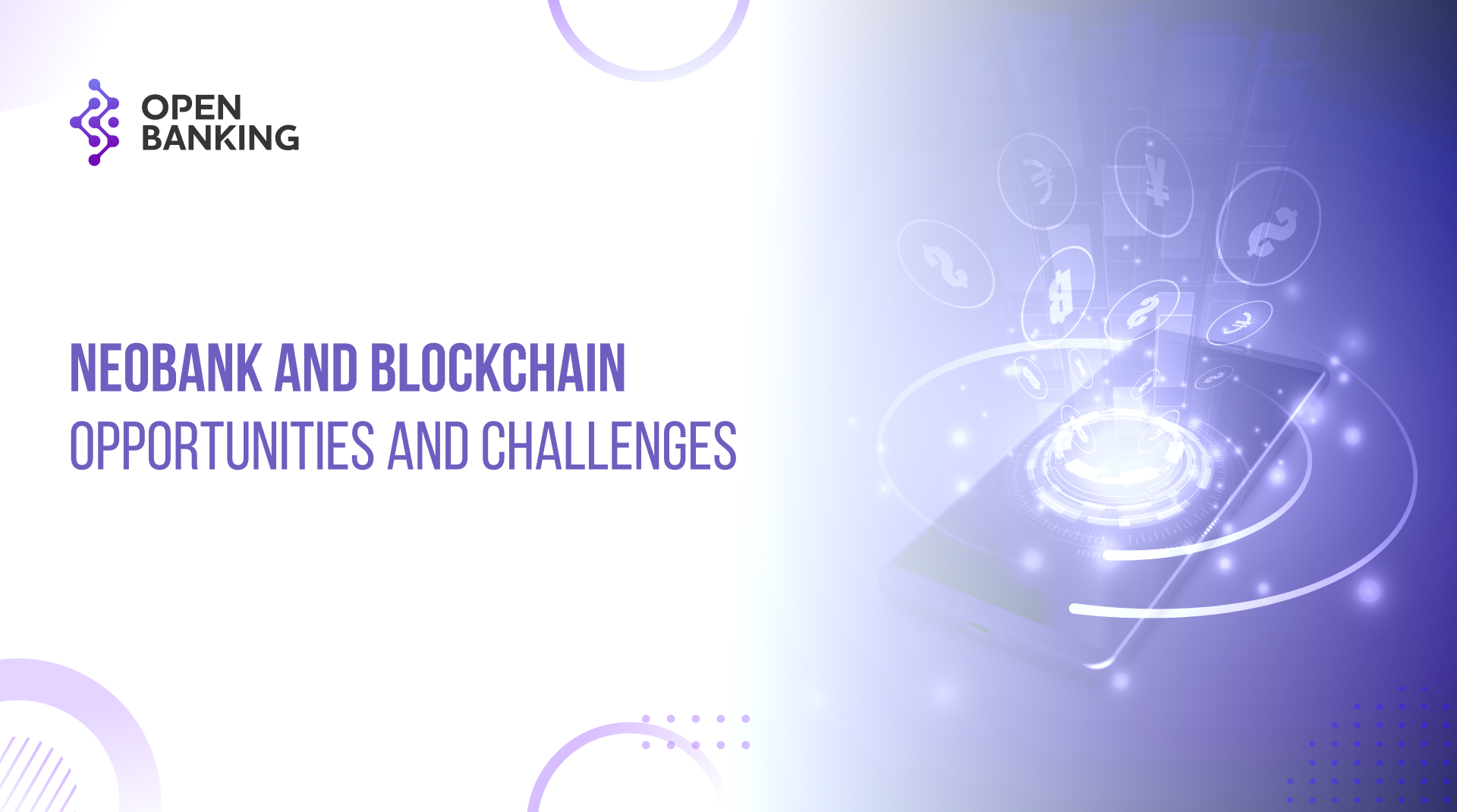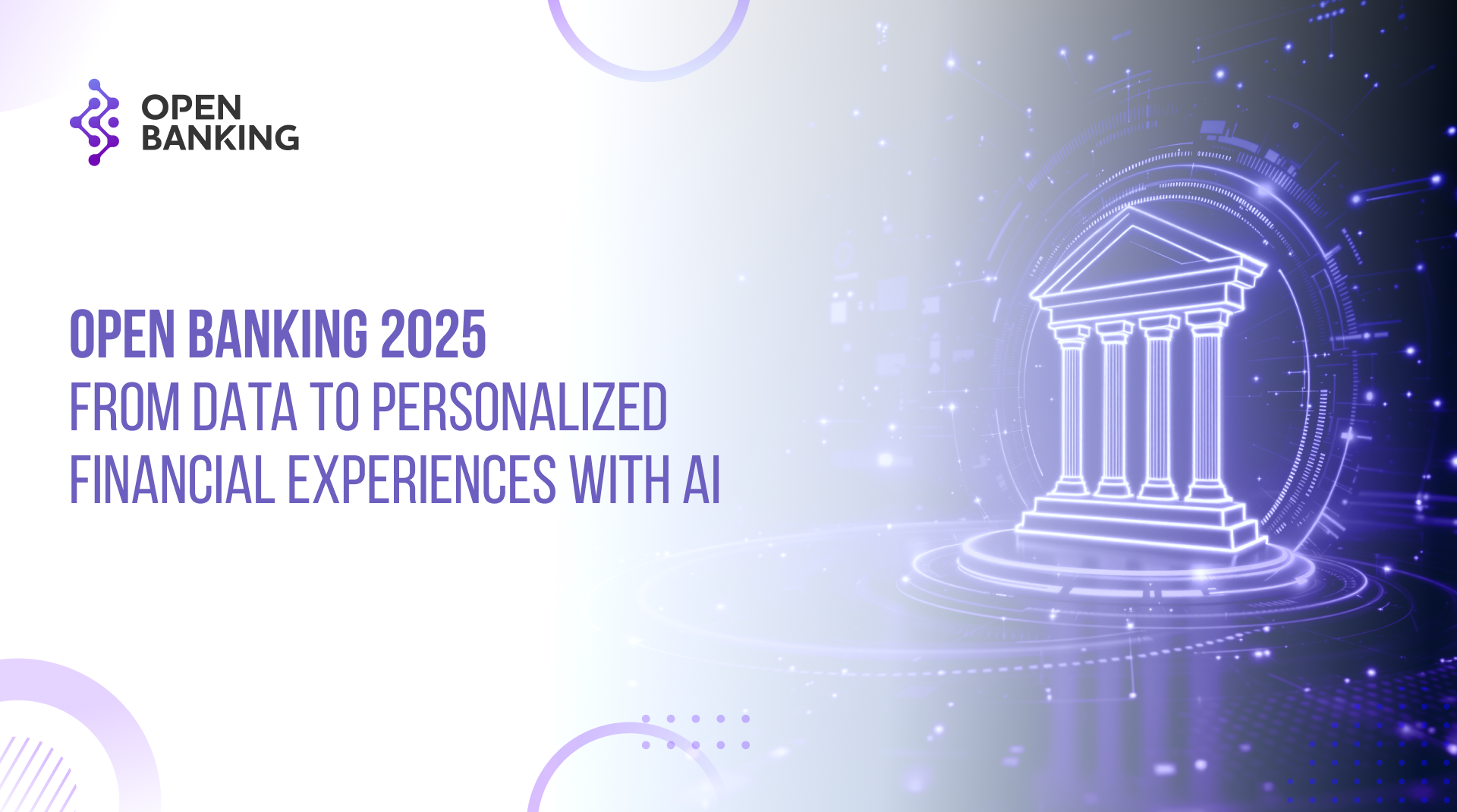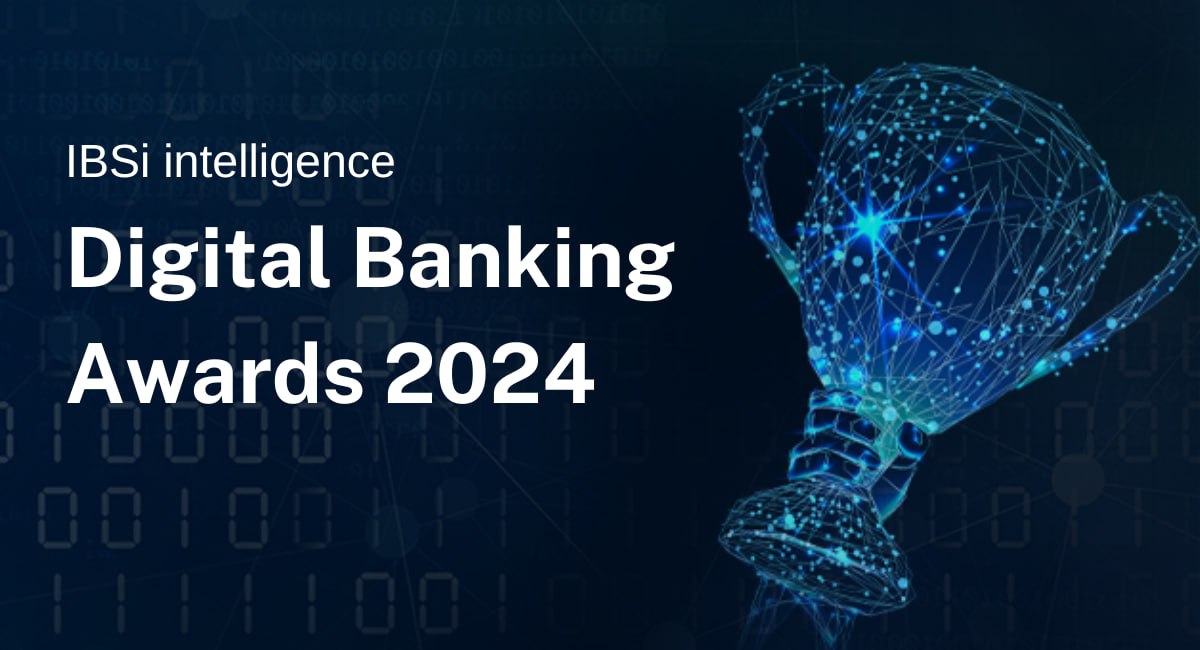Open Banking is reshaping the financial industry by creating a flexible, transparent, customer-centric financial ecosystem. Supported by technology, regulatory frameworks and rising customer expectations, participating in the Open Banking ecosystem has become a key strategy for innovation, personalization, and enhancing competitiveness.
Meeting customer expectations for personalized experiences
Today’s customers demand more than traditional financial services. They seek seamless, instant, and value-added experiences in every transaction—from opening accounts and securing loans to managing personal assets.
Open Banking enables financial institutions (FIs) and fintechs to leverage customer data—with consent—to deliver personalized solutions and streamline financial processes. For instance, HSBC allows intermediaries to share business account statements, reducing mortgage approval times.
Banks and fintechs can develop innovative, personalized financial solutions in areas like payments, lending, or personal financial management (PFM). Statistics show that over 90% of North American consumers use apps for financial management, from bill payments to financial forecasting and cryptocurrency investments. This signals a growing demand for intelligent, data-driven, personalized financial products.
Enhancing connectivity through Open APIs
Open APIs are the backbone of Open Banking, enabling financial institutions to expand distribution channels and create multi-party ecosystems by:
- Partnering with fintechs: Banks share data via Open APIs, allowing fintechs to integrate this data into their applications. FIs can charge for data access or share revenue when fintechs attract new customers.
- Connecting with other financial service providers: Through APIs, FIs can offer innovative partner products, meeting customer needs without significant investment.
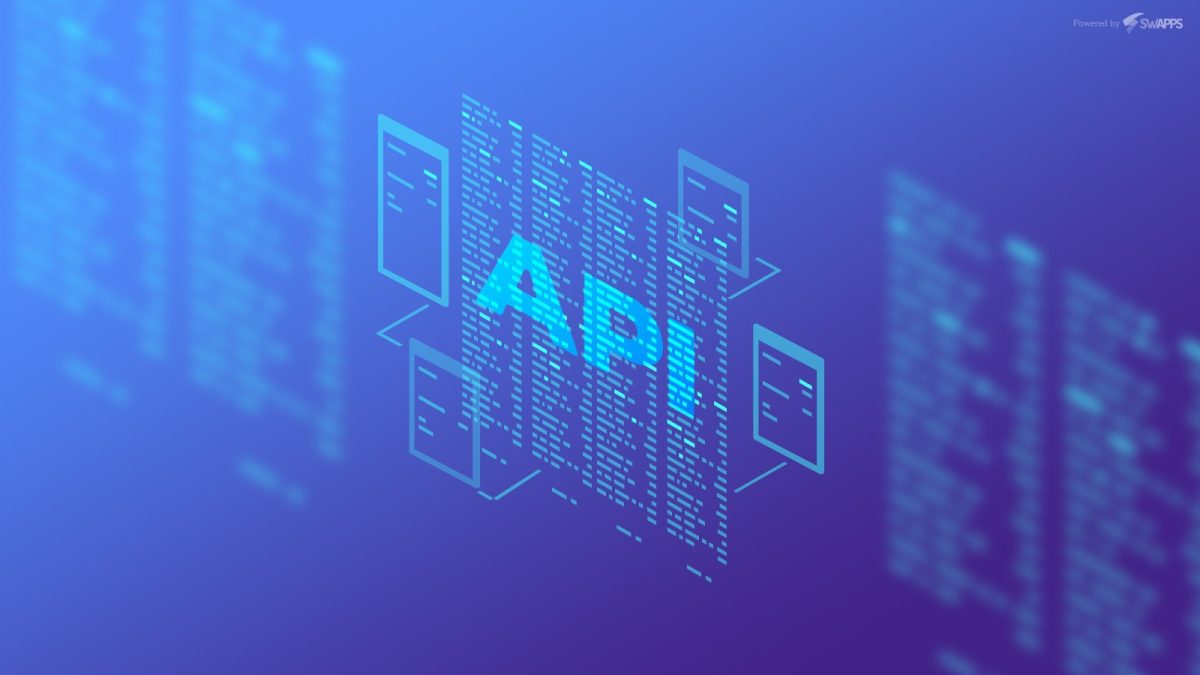
However, this requires modernizing infrastructure. While fintechs are often built with API-first and cloud-native architectures, many FIs are still undergoing digital transformation. Shifting from traditional value chains to multi-party ecosystems presents significant opportunities but demands strategic technology investments.
Customer identity: the foundation for secure digital experiences
In Open Banking, Know Your Customer (KYC) processes are not just regulatory requirements but central to customer experience and data security. FIs are modernizing identity systems to:
- Provide a single digital identity for customers to access all digital services.
- Reduce operational costs by eliminating outdated identity systems.
- Enhance protection against increasingly sophisticated cyberattacks.
Amid rising cybercrime, many banks have adopted Zero Trust Architecture (ZTA) and Multi-Factor Authentication (MFA) to replace traditional passwords—the weakest link. This reduces identity theft risks and better protects customers.
Open Banking is no longer just a technological trend but a driver of financial inclusion. With growing customer expectations, the need for Open API connectivity, and secure identity systems, Open Banking is ushering in a new era for FIs, fintechs, and customers, redefining how the financial industry operates.

